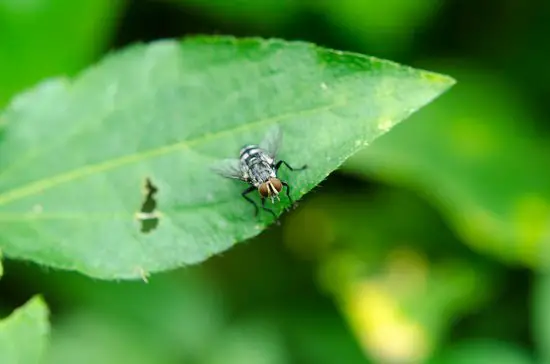How Do Flies Detect Movement?
The neural networks in our brains are similar to those of flies, and scientists now have a better understanding of how these critters detect movement. A team led by Dr. Behnia and colleagues from Columbia University published their findings in the journal Current Biology. They say the similarities between flies and humans may be rooted in the fact that both species share a common ancestor that lived more than 500 million years ago. The researchers believe that repeated patterns in the environment led their ancestors to develop similar strategies for detecting movement.
Flies have a very limited number of facets in their eyes, and this limits the number of facets that they can process. This allows them to process information at a higher speed, but it also makes it difficult to sharpen their vision. In addition, the rapid movements of flies require them to process light quickly. Humans, by comparison, can discern as many as 60 discrete flashes of light per second, though the ability varies depending on the lighting and the part of the retina that is being used to process the signals.
The brain of flies is believed to be able to interpret movement as a map. This map is then translated into a pattern of leg movements that mimics the direction of the threat. Those patterns allow flies to identify the best position to jump away from the danger. They do this in less than 100 milliseconds.








